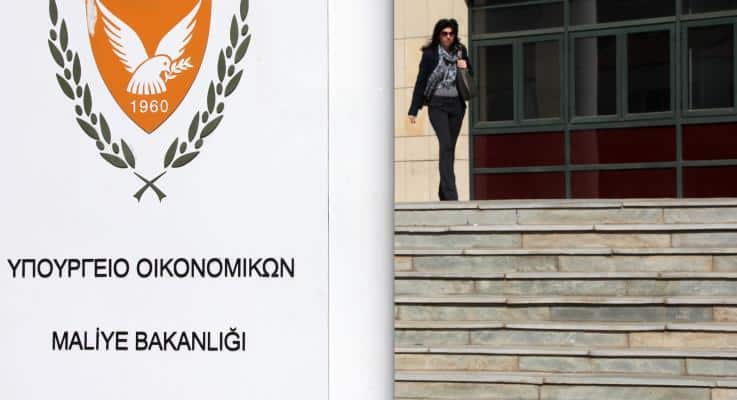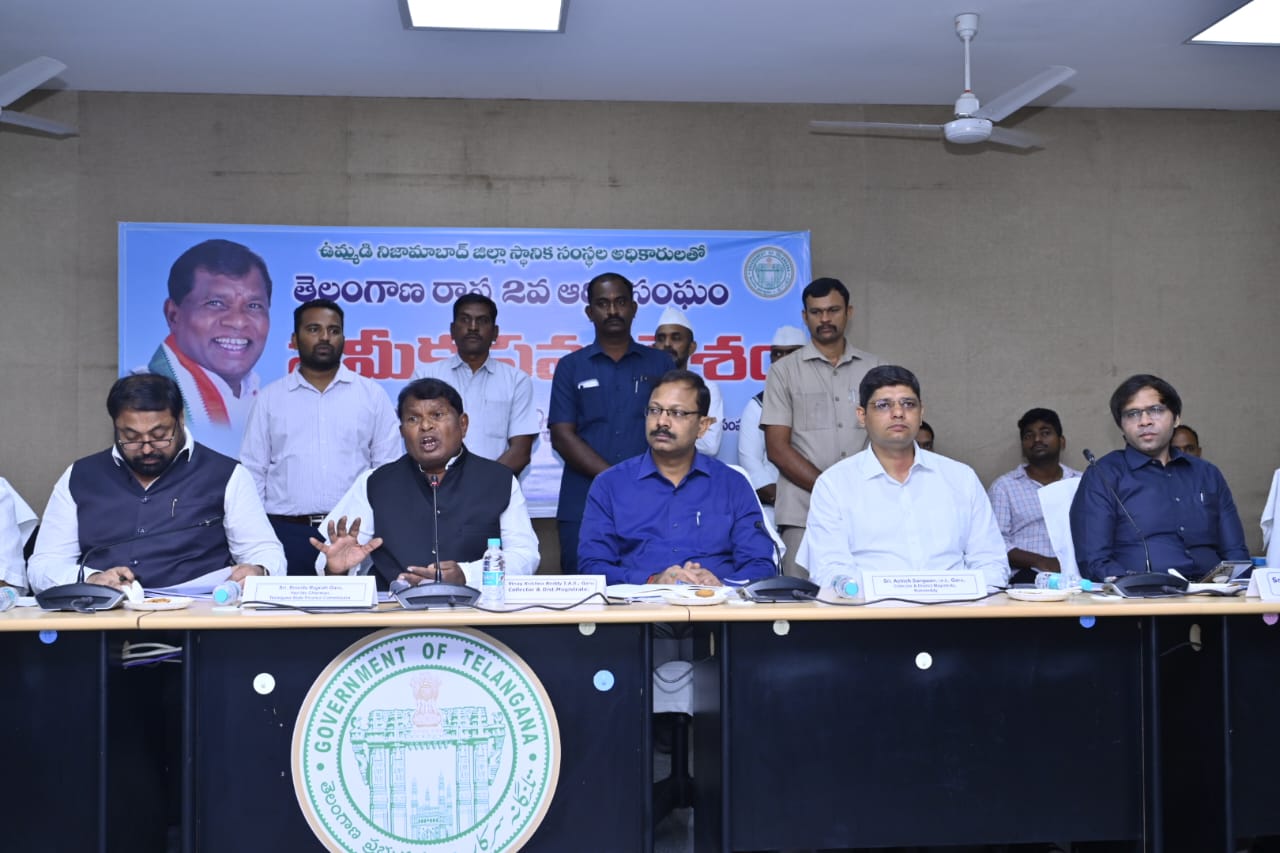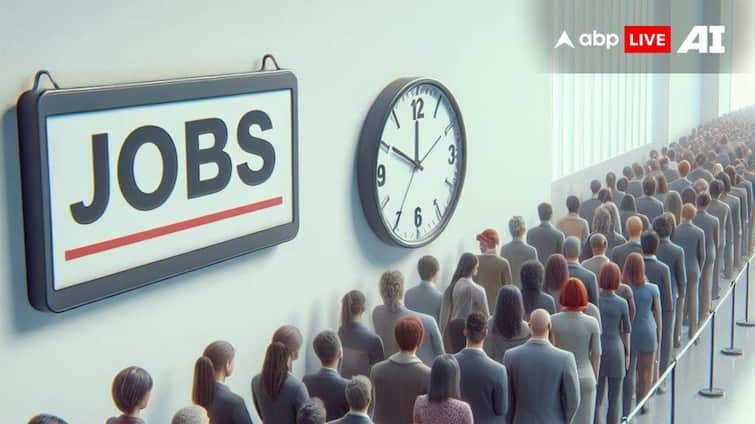Great Sea Interconnector: Finance Ministry Blocks Funding, Project Remains Frozen - What Does This Mean for South Africa's Energy Future?

The Great Sea Interconnector project, a crucial initiative aimed at bolstering South Africa's energy security through a direct electricity link with Greece, has hit a significant snag. The South African Finance Ministry has reportedly “absolutely refused” to release any further funds to Greece’s independent transmission system operator (Admie), citing the project’s current “frozen” status. This development raises serious questions about the future of the interconnector and its potential impact on South Africa’s efforts to address its ongoing energy crisis.
What is the Great Sea Interconnector?
The Great Sea Interconnector is a proposed high-voltage, direct current (HVDC) submarine power cable designed to connect South Africa’s power grid with Europe via Greece. The project was initially touted as a game-changer, promising to provide a reliable source of imported electricity, reduce reliance on domestic coal-fired power plants, and contribute to South Africa's decarbonization goals. It was envisioned as a crucial component of South Africa’s energy transition, offering a potential lifeline during periods of high demand and grid instability. The project was initially envisioned to deliver up to 2000MW of power.
Why the Funding Freeze?
The Finance Ministry’s decision stems from the project’s current state of limbo. While initial agreements were made, and some preliminary work commenced, the project has faced numerous delays and challenges. Concerns around cost overruns, technical feasibility, and the evolving energy landscape in both South Africa and Europe have contributed to the current impasse. The Ministry’s firm stance suggests a loss of confidence in the project's viability and a reluctance to commit further public funds.
Implications for South Africa
The funding freeze has far-reaching implications for South Africa. Firstly, it jeopardizes a potential source of much-needed electricity during the ongoing load shedding crisis. While the interconnector wouldn’t provide an immediate solution, it represented a long-term strategy for diversifying South Africa’s energy mix and reducing dependence on Eskom, the state-owned power utility struggling with infrastructure failures and financial difficulties. Secondly, it damages South Africa’s reputation as a reliable investment destination, potentially deterring future foreign investment in the energy sector. Finally, it raises questions about the government’s commitment to its stated energy transition goals.
What's Next?
The future of the Great Sea Interconnector remains uncertain. Negotiations between the South African government and Admie are likely to continue, but the Finance Ministry’s firm position suggests a difficult path ahead. Alternative solutions for addressing South Africa’s energy crisis, such as increased investment in renewable energy sources and energy efficiency measures, will become even more critical. The project’s fate will likely depend on a thorough reassessment of its feasibility, cost-effectiveness, and alignment with South Africa’s evolving energy priorities. A transparent and open dialogue involving all stakeholders is essential to ensure a sustainable and secure energy future for the country.






